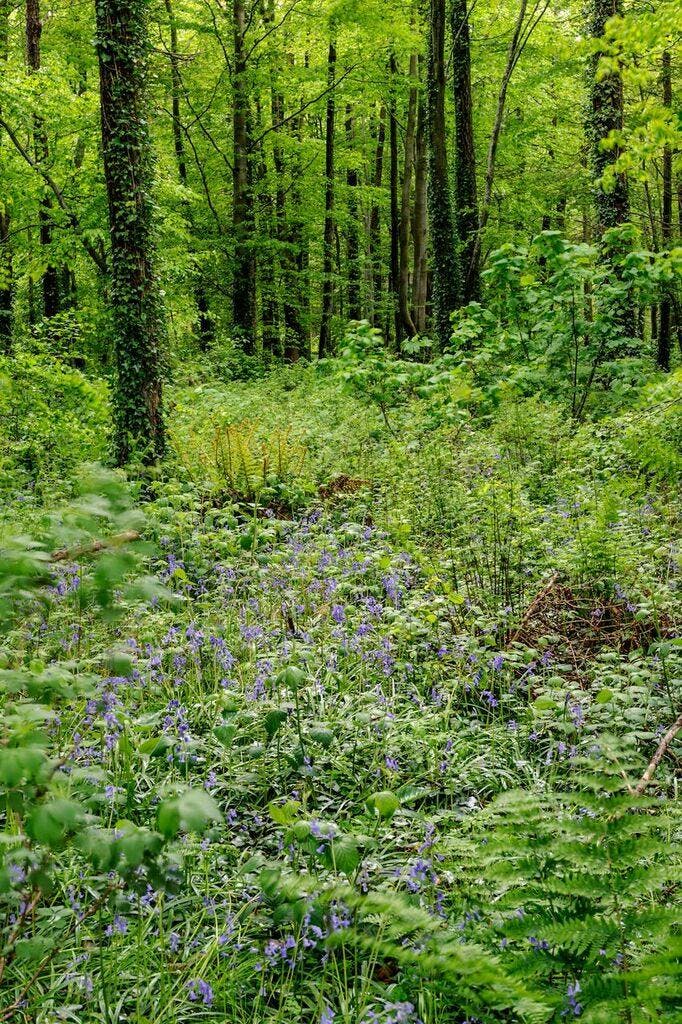
For-a-gin Foraging: the wild world of found botanicals
Over the past few years, the practice of foraging has gained huge popularity in the world of haute cuisine. It’s now common practice for some of the world’s best restaurants, with Denmark’s foodie mecca Noma leading the pack and making high art out of the practice of rummaging through the countryside for unusual ingredients.
Such high profile pioneers, combined with a general growing taste for local, organically sourced ingredients, have turned foraging into somewhat of a gastronomic trend. There’s now even an app, Forager’s Buddy, designed to help amateur ingredients hunters on their walks of discovery.
However trendy it might have become though, the practice is so much more than just a passing fad.
Foraging has been part of our culinary heritage right back to our hunter-gatherer ancestors and the truth is, whether by plucking blackberries from a hedgerow on a late summer walk or seeking sloes for a festive batch of fruit-infused gin, most of us have engaged in a spot of foraging at one time or another.
When it comes to the world of drinks, bartenders are increasingly using foraged ingredients to create homemade syrups and tinctures, adding unique dimensions to their alcoholic creations.
Herbs and spirits work really well together, especially gin, whose natural botanicals and herbaceous character can be complemented and emphasised by experimenting with unusual found ingredients.
Foraging in its purest form – simply making the most of the land around you – is at the heart of the creation of our March Gin of the Month, Shortcross Wild Clover Gin. Fiona, David and the rest of the Shortcross team regularly forage on the Rademon Estate for some of the gin’s key botanicals, as well as other herbs and flowers that they then use in their own homemade cocktails.
We caught up with Shortcross Gin’s Brand Ambassador, Nicola Spiers, to find out more.
Why does Shortcross forage rather than source its botanicals in a more usual way?
We wanted to create something a little different, a gin reminiscent of our surroundings, so we take our inspiration from the gardens and forests at Rademon Estate. It’s a botanical playground with an abundance of wild clover, elderberries, elderflowers and apples on our doorstep – these botanicals come together to create our very special Shortcross Gin.
Each botanical is important in its own right: the wild clover provides an earthiness and green grassy notes; the elderberries create a sweet and rich mouthfeel; the elderflowers create a floral nose; and the apples lend themselves to the green summer meadow aromas and flavours.
We have a wonderful walled garden with an abundance of fruit and vegetables growing and where we grow our own apples – we even have grapevines in the glasshouse.
How often do you go foraging?
We forage all year round – we are always in the gardens and forests walking so we pick as we go depending upon what is in season and what we find.
We find that taking a nice walk to clear the mind at lunch time is something very enjoyable and unique to do at Rademon Estate. Not many people can say their office lies in a surrounding 540-acre forest, filled with magical botanicals!
What exactly do you collect – and what do you use the ingredients for (as well as the gin)?
In spring we will be picking the early blossoms and elderflowers, we have an abundance of wild garlic growing and love making fresh pesto. In summertime it’s clover time, which we gather from the gardens, and then we will be picking lime leaves and our mint and lemon balm leaves, which we deliver to the local bars to use in their Shortcross serves.
Later in the year the hedgerows will have an abundance of wild berries and, my personal favourite, honeysuckle. And then in autumn we will be picking elderberries and sloes, and the last of the apples will be picked and stored. In winter we will seek out the last of the rosehips and hawthorn berries to make syrups and ketchups.
Fiona and David really inspired my interest in foraging different plants and using them to make liqueurs and syrups. When you look at how gin is so distinct from other spirits, it’s really the botanicals that make the difference…so why mask them with chemicals? We love to walk into the forest and gather herbs and plants to see how they can complement Shortcross.
GET INTO THE FORAGING SPIRIT
If you're feeling inspired to try a taste of the wild, Nicola has shared one of her foraged syrup recipes for you to try out at home. If you grow your own herbs, then you can forage the ingredients from your own garden or window box - and failing that, feel free to forage in your local shop, we won't tell!
Wherever you get the herbs from, this recipe will open up a world of possibilities for creating your own homemade potions to enhance your ginjoyment.
#ShortcrossThyme Cocktail
For the thyme syrup:
20-30 sprigs of thyme
6 tbsp sugar
Honey (optional)
500ml warm water
Combine in saucepan and gently warm until sugar has dissolved and the water has changed colour to a light earthy green.
The secret? Clap the thyme between your hands once or twice to express the oils and release the fresh aromatics!
For the final cocktail:
Combine 20ml Thyme syrup with 40ml Shortcross Gin and the juice of 2 lemons.
Top with sparkling water to make a perfectly refreshing drink.







